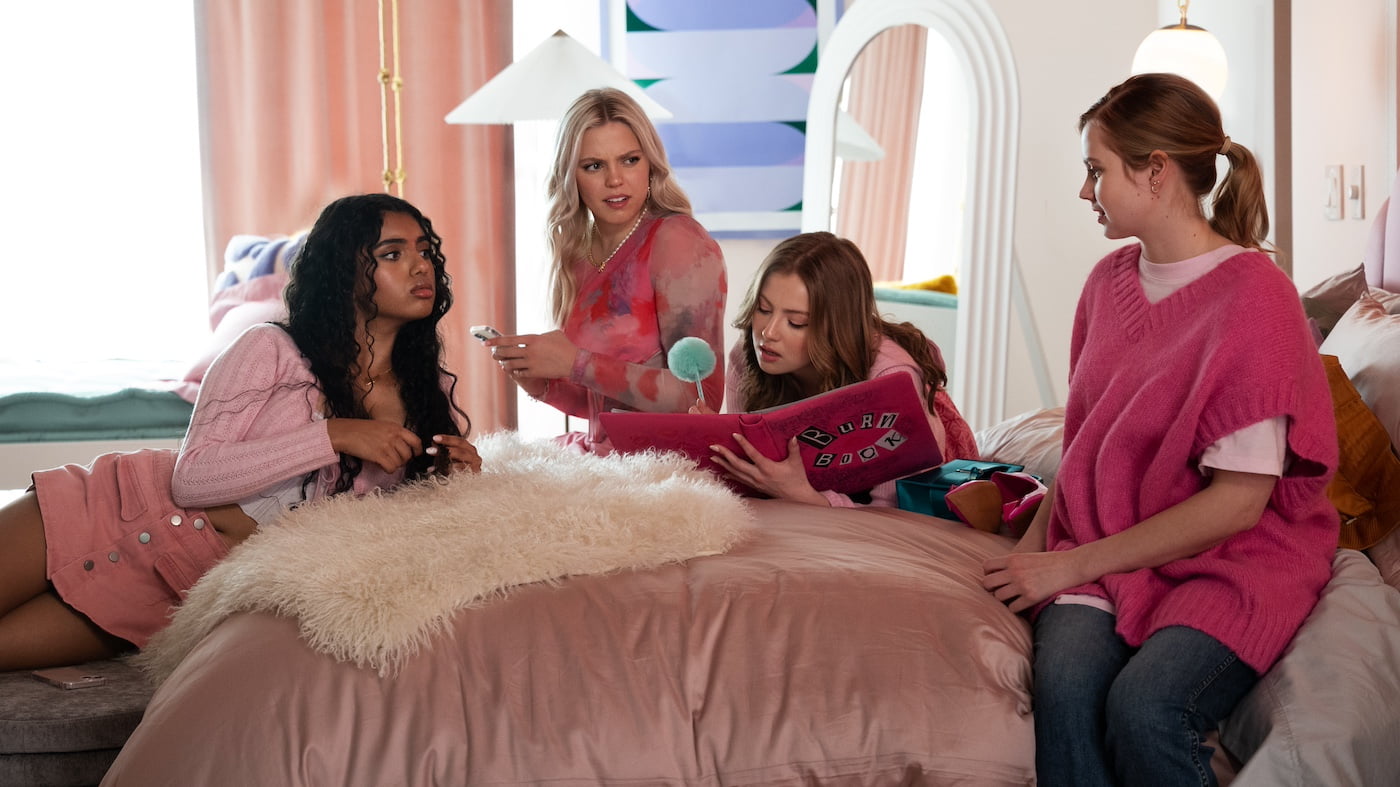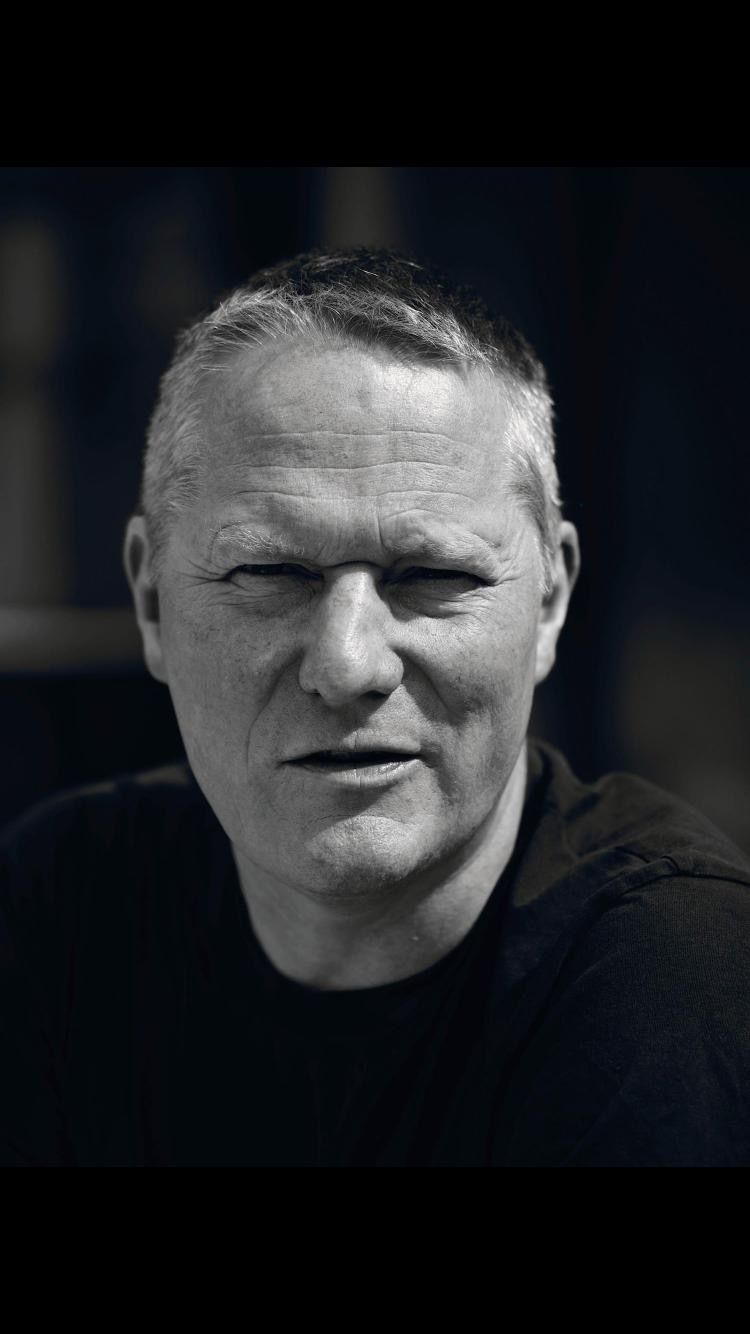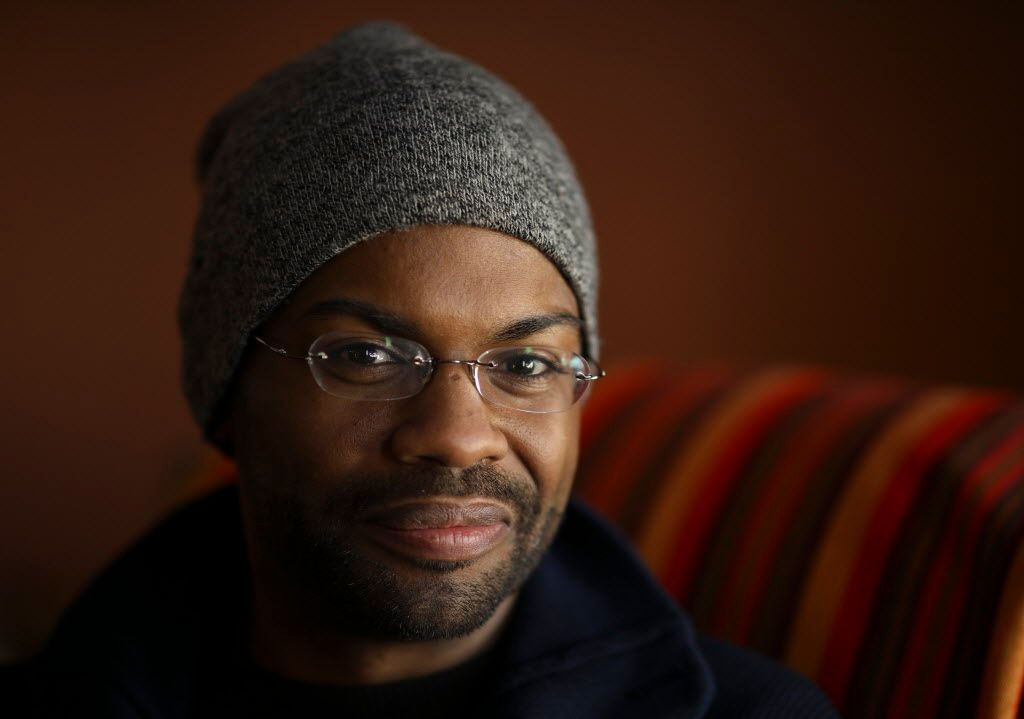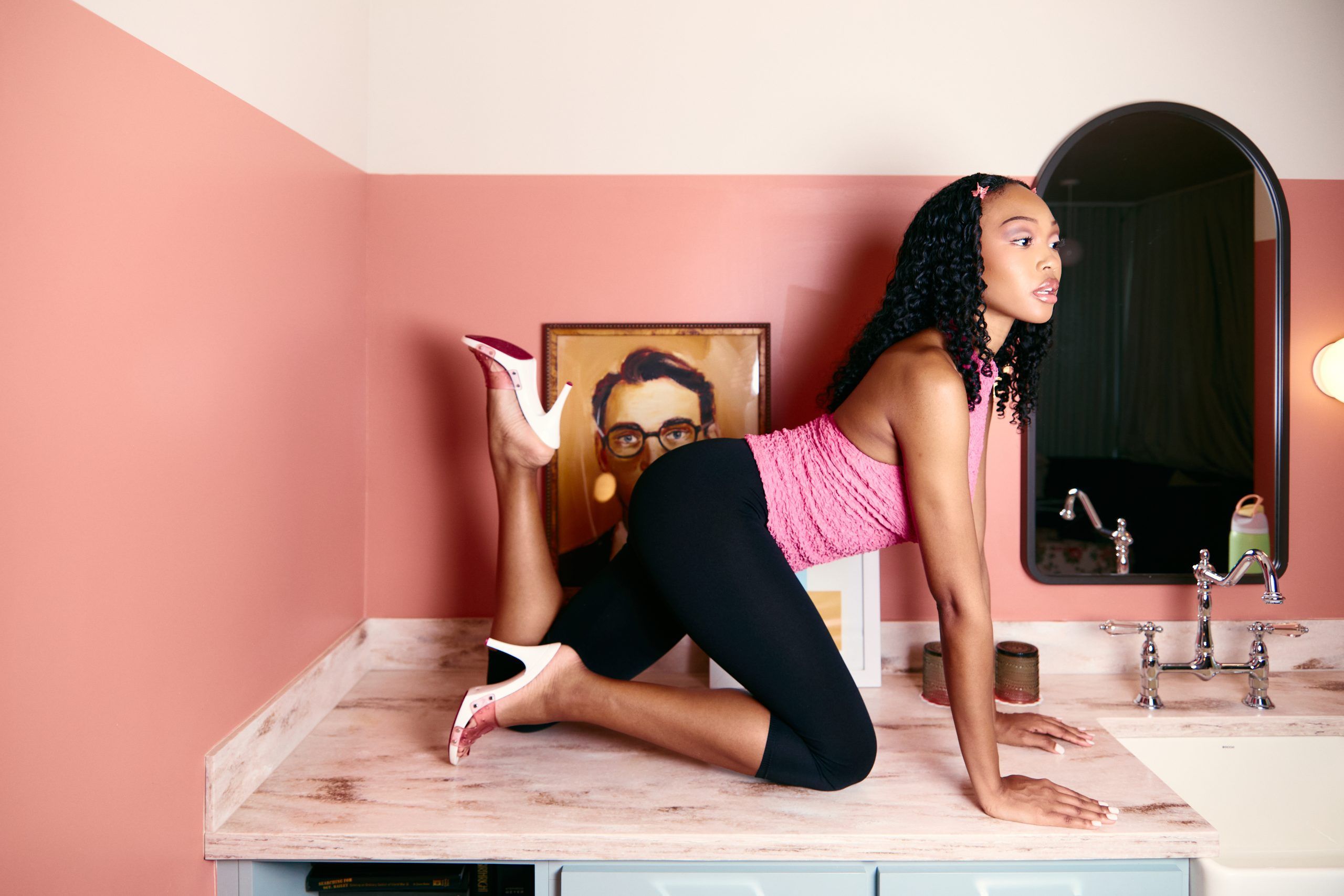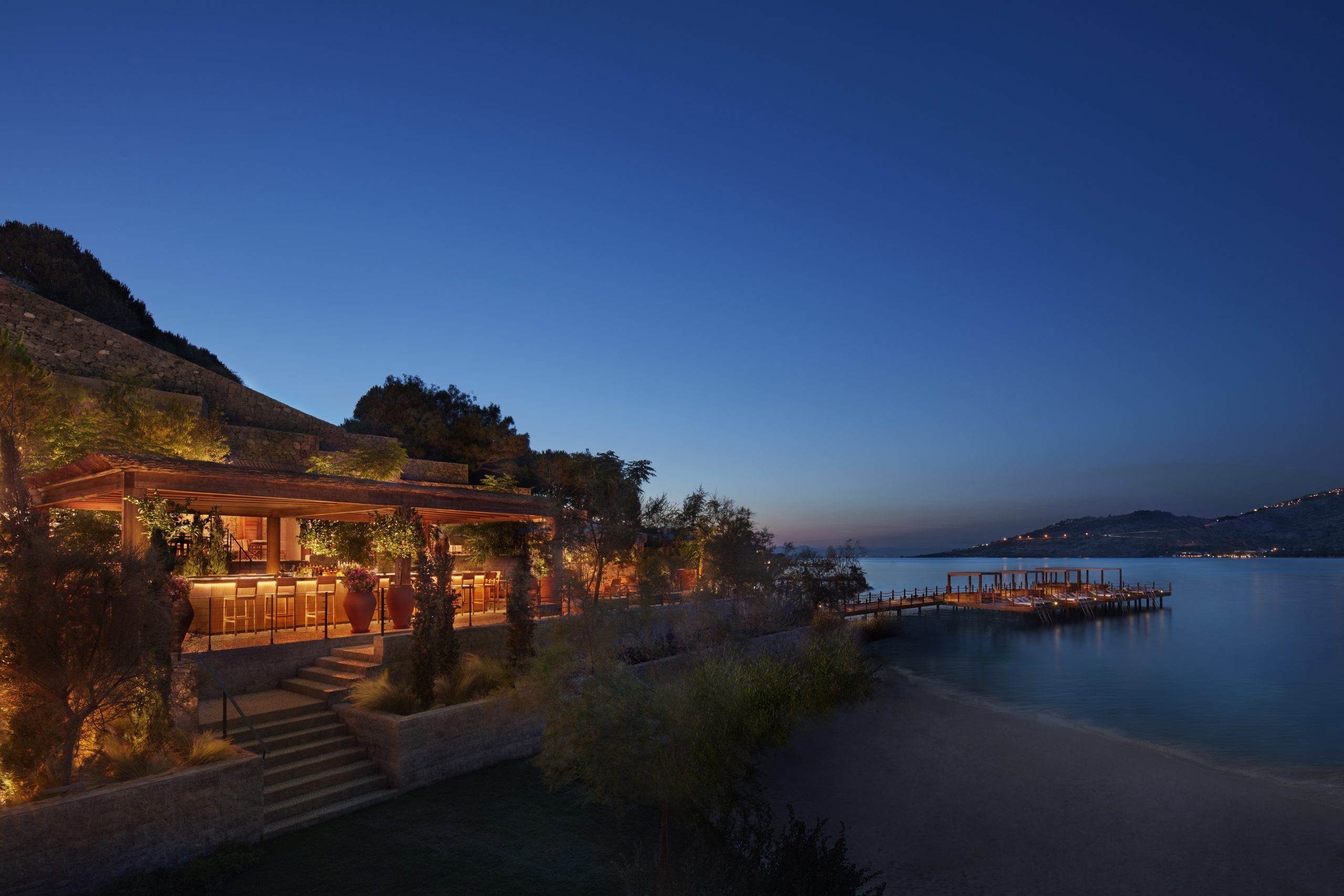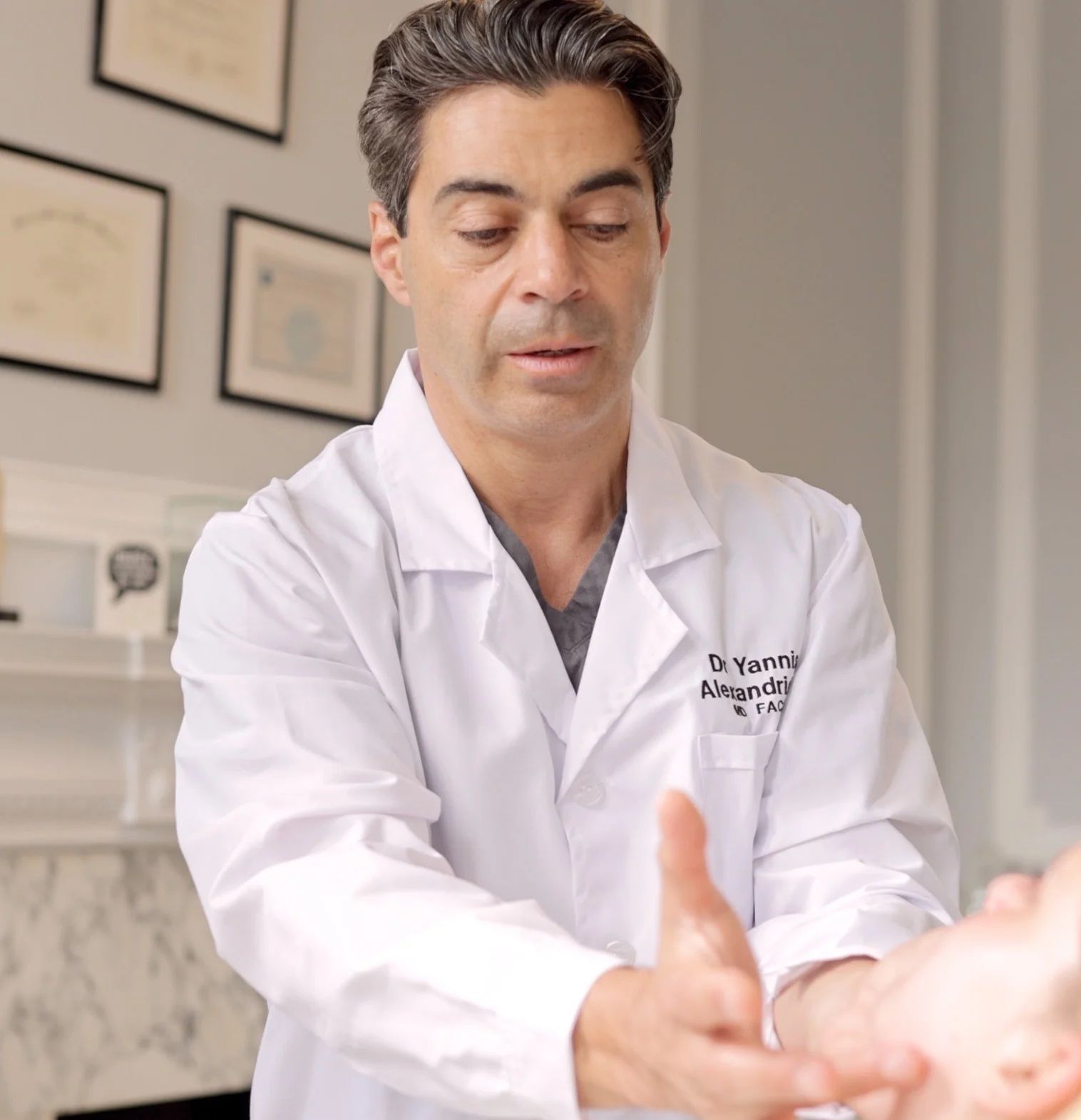With Mean Girls being that has such iconic costumes, it might be daunting to try to revisit it, but for costume designer Tom Broecker, he didn’t just rise to the challenge — he was triumphant. This Mean Girls is a fresh interpretation tailored for a new generation of teenagers and the best way to view it is through the lens of fashion. Initially, the new film seems to have erased all traces of the “Plastics” from the past. In their place are “Plastics” confidently donning everything that’s on trend right now — cargo pants, pleather, and beyond. Still, Broecker ensured that there are nods to the 2004 original film with subtle Easter eggs flickered throughout.
The original film, which starred Lindsay Lohan, Rachel McAdams, and Amanda Seyfried, was a time capsule of teen fashion back then. The new film, drawing inspiration from both the 2004 movie and the Broadway musical adaptation, is resolute in forging its own visual identity.
1883 Magazine sits down for a chat with Mean Girls costume designer Tom Broecker to discuss fleshing out the characters wardrobes, what character’s style journey is his favourite, and more.
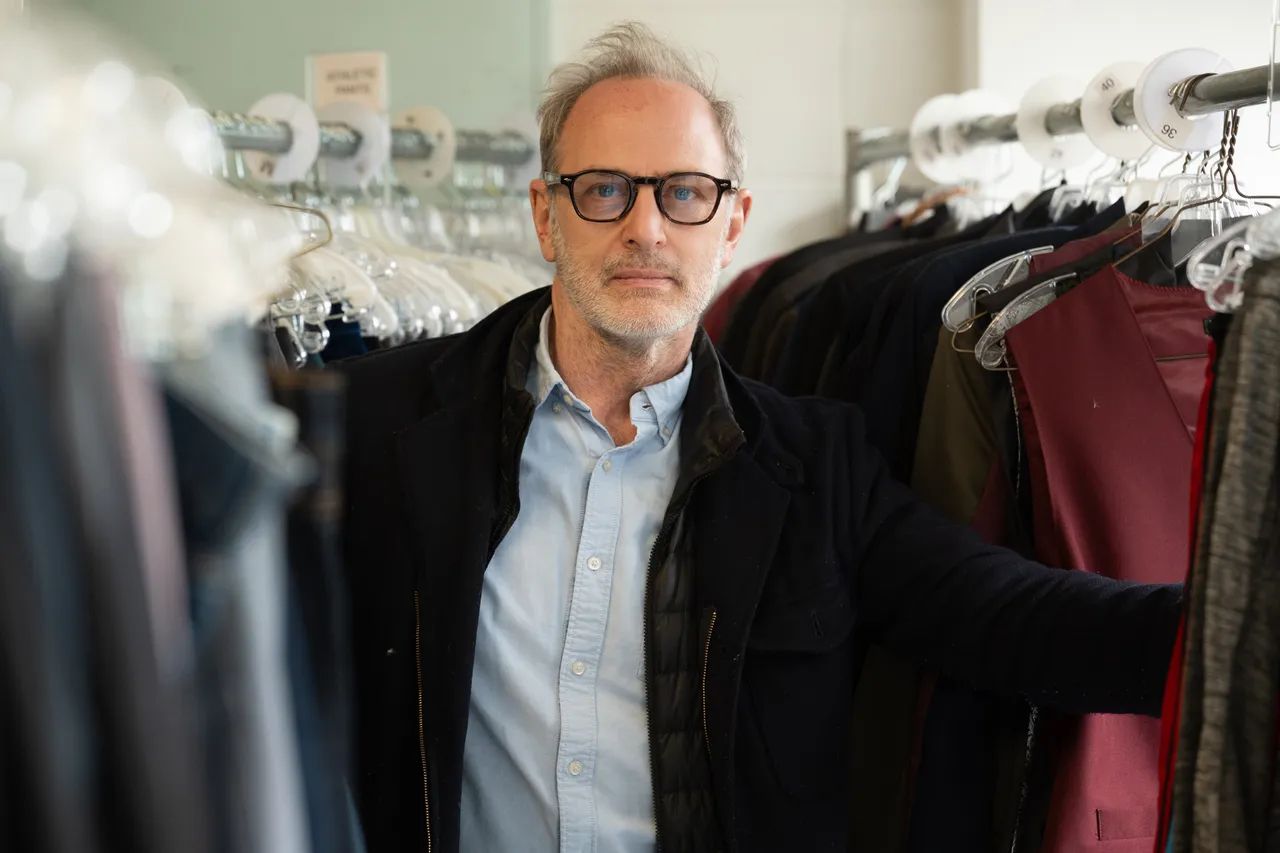
I read that you did a deep dive into what a teen life is like now, chatting with your niece who was a senior in high school at the time. What was that process like?
It’s great because she lives in Indiana, and this film takes place in Illinois, the next state over. She grew up in a suburb outside the capital, similar to Mean Girls and all that. I think the teen experience in high school is similar for everyone. High school is tough; you’re constantly figuring out who you are, and navigating challenges. The biggest change now is the huge influence of social media. Teens need to be careful with it. For example, my assistant’s niece faced online bullying over a breakup. “Mean Girls” come in various forms, shapes, and ages, not limited to high school. I think it’s a psychological inner state. High school is hard enough just trying to get grades and just trying t figure out which group you belong to and who you know, and the whole idea of how status is put on people. Your status is based on the group you’re with and then there is a hierarchy within that group. There’s this constant battle of trying to survive. Listening to her talk about how she doesn’t know who she is, she’s just trying to figure herself out, is also reflected in how they dress. One day they dress one way and the next day, they dress a different way because they’re trying a different personalities to figure out which external skin feels best for them.
Teens shop differently now, through Instagram and TikTok. Can you elaborate on how that translated in your choices?
My biggest learning experience was understanding online shopping. I’m a tactile person, and clothing, to me, is about how it feels. Online shopping eliminates that. Teens see something on Instagram or TikTok, leap, and buy it. The algorithm also plays a role, showing them things based on their preferences. It’s a different experience from traditional shopping.
I read that Janis’ clothing in the film focused on thrifting and secondhand, reflecting a trend with Gen Z. How did that influence your approach?
It was a significant aspect. We pushed for a more sustainable approach, considering the uniqueness of one-of-a-kind items. Teens today are more into sustainability, and in the film, the clothing represents that uniqueness and identity. It’s a safe way for them to explore different personas without feeling the pressure of conformity. There’s no fear of someone else wearing the same thing you’re wearing because it is one of a kind and it gives you an identity of specialness on some level because no one else will have that. I don’t think younger shoppers are necessarily cognizant of that idea but I think there is an idea of identity and how you express your identity in a slightly different way by getting this piece or this thing which is unique and one of a kind. It’s a safe haven for exploration into whatever different persona you want to try. There’s ways that clothing and visual storytelling can help you do that.
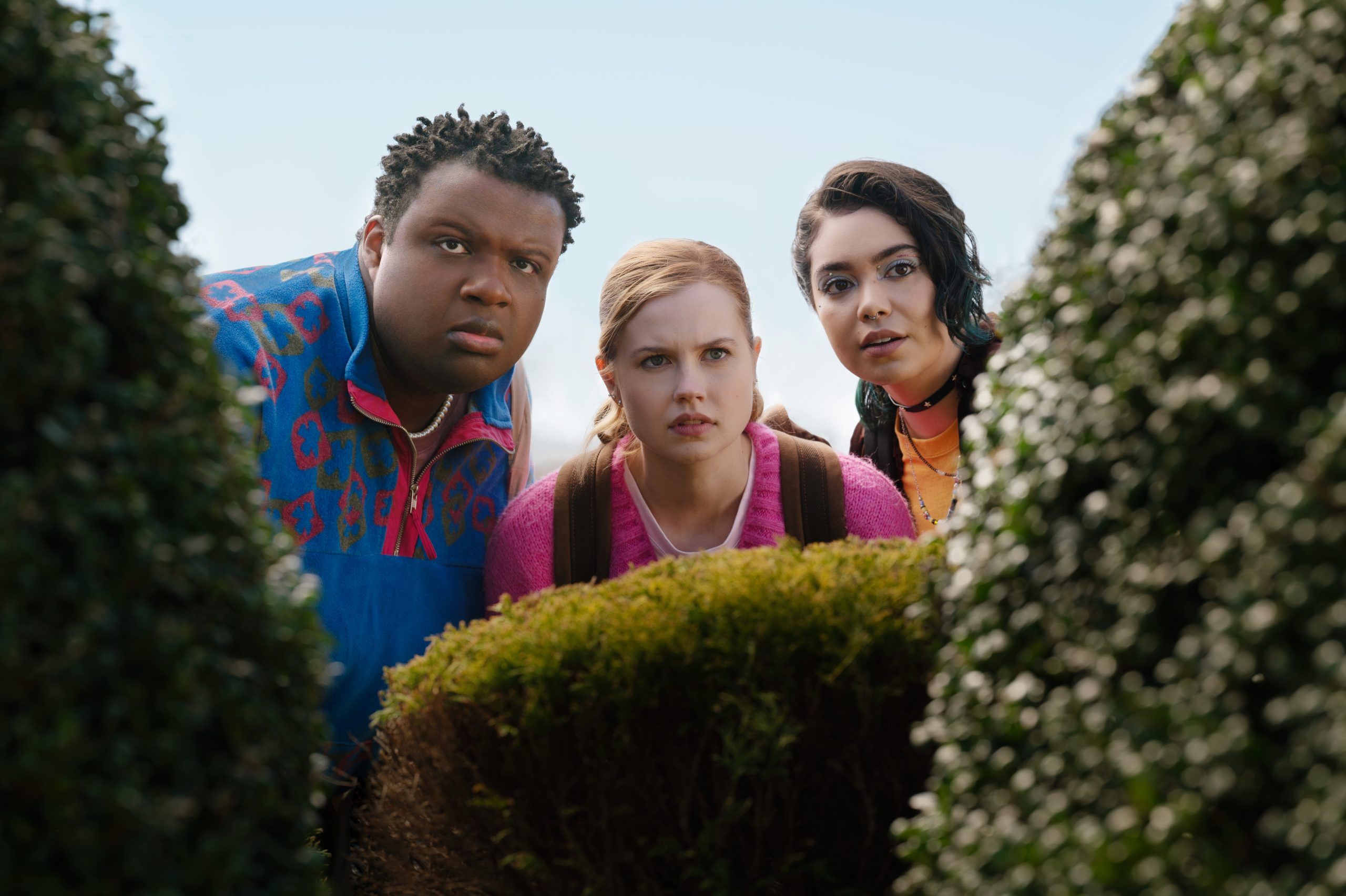
The duality of gender is very big in this film, even more so than the original 2004 film. What was it like approaching that from a costume standpoint?
So many people have assigned gender to clothes and clothing doesn’t have gender, it’s the person who’s wearing it that gives the item the gender. We have assigned certain things and certain items to be gender specific, but what I think is happening now is the breaking of that. The pearl necklace is something that in the 50s and 60s Jackie Kennedy wore and it was a status symbol and was deemed as female. Now, more men are wearing pearls. We represented Regina’s duality with a necklace—half pearl, half metal. It symbolizes a broader acceptance of different expressions. Renee Rap brought her unique energy to the character, showcasing how every actor contributes their representation.
Renee Rapp is a firecracker, I love her. I can only imagine how fun it was to work with her.
She is the most amazing force. I can’t say enough amazing things about her. And that’s the thing — this is the 2024 Mean Girls. Comparisons are always problematic and you have to remember every actor brings their own energy to the character, so her version of Regina will be different than the past. This is a really great indication and a good representation of how an actor can take that and make it their own as they want to.
Obviously, Cady has the biggest overall style journey — we meet her when she’s fresh from Africa and has no style touchpoints of what a high schooler would be wearing in 2024. Is there another character that you found has a more subtle fashion journey but still as impactful as Cady’s?
Cady’s journey is about being different from the rest, having spent only six days in America. Her wardrobe is a mix of African elements and quickly bought items. It reflects her struggle to acclimate to the new culture. I don’t want to say she’s out of touch, but this is someone who will only have clothing that she bought quickly in order to get as adjusted as possible.
Is there any other character with a subtle style journey that stood out to you?
Janis and Damien’s characters had a more fleshed-out journey. Janis, being a lesbian, expresses her identity through art and a unique vintage consignment style. Her prom tuxedo symbolizes shedding unnecessary layers to be present. In this film, there’s no coding anymore — Janis is out and she’s a lesbian. She’s on her journey as an artist. The film beautifully represents the evolution of these characters.
I was talking with friends about their favourite style moments and they all agreed on was Karen’s Halloween costume and recreating the Santa outfits which is probably the most iconic look in the original film. What was it like creating the costumes for those two settings?
We had a lot of conversations around the Christmas costumes because the first ones are so iconic and we didn’t want to just copy them. Recreating the Santa costumes involved a shift towards a more sparkly, preteen look. We pushed into the latex stuff, too. Since the costumes were six years old, we felt they’d have more of a teen look to them. We thought the mothers probably got together and made these costumes for these girls.
For the Halloween costumes, we retained the iconic elements but modified Gretchen’s costume to have a lingerie aspect, making it more aligned with her character. The collaborative effort with the actors was significant, ensuring their comfort and involvement in developing their characters. Avantika, who plays Karen, suggested having the word “BOO” written on the bum since she bends over, which is very on-brand for her character. That’s what was so fun about all of this, too, is the collaboration with all the actors that were so into helping develop their characters and being involved.
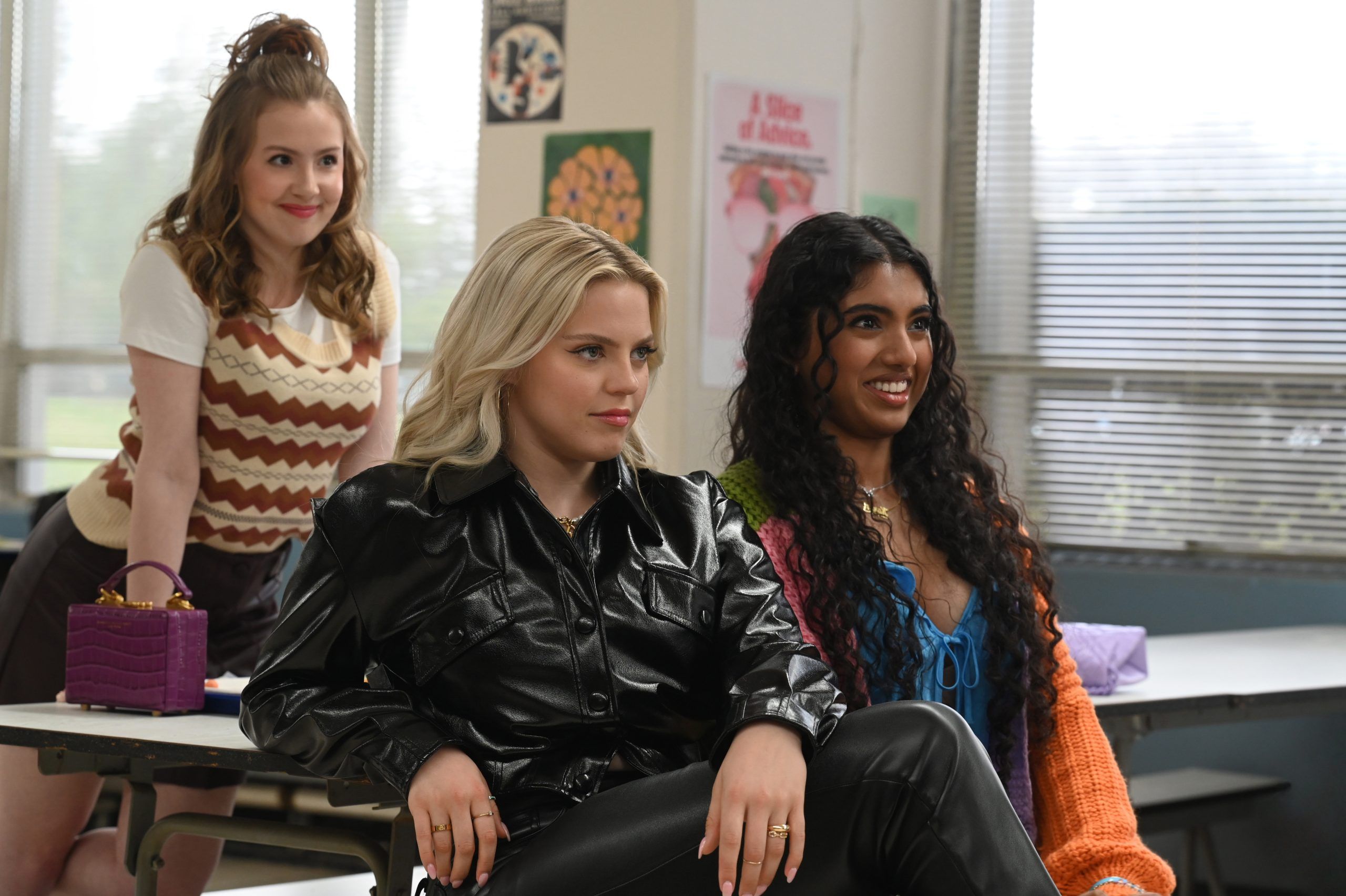
Mean Girls is in theatres now.

